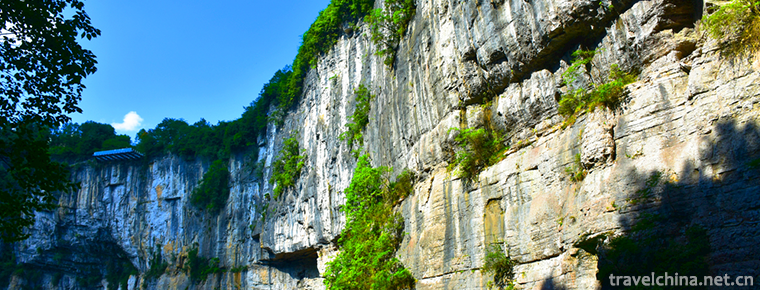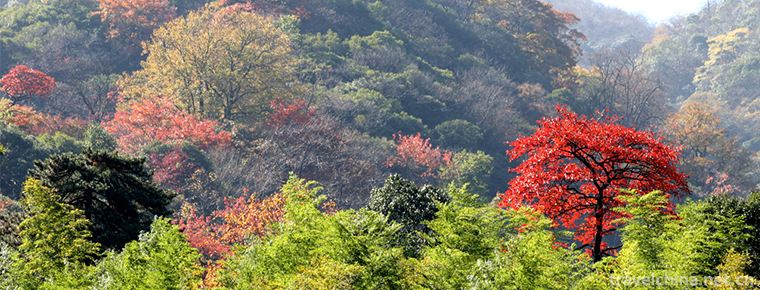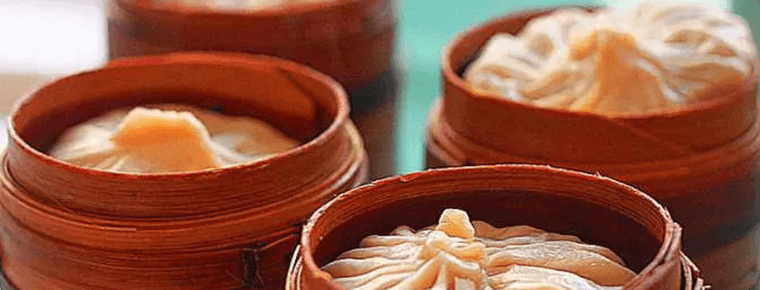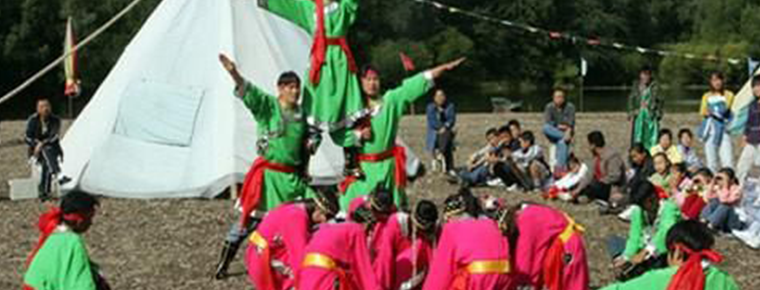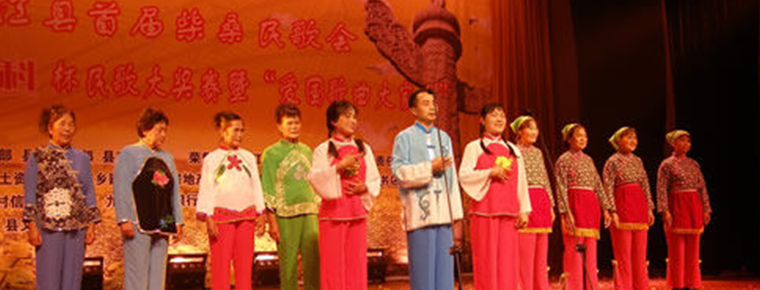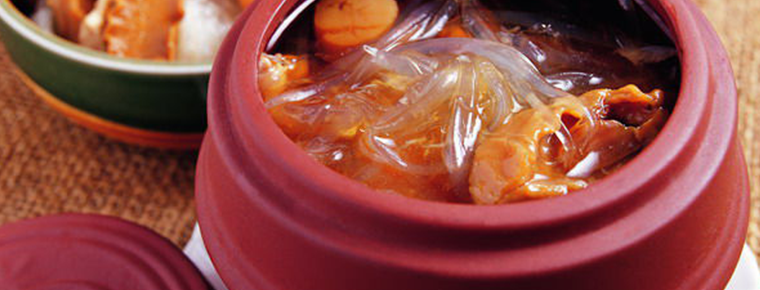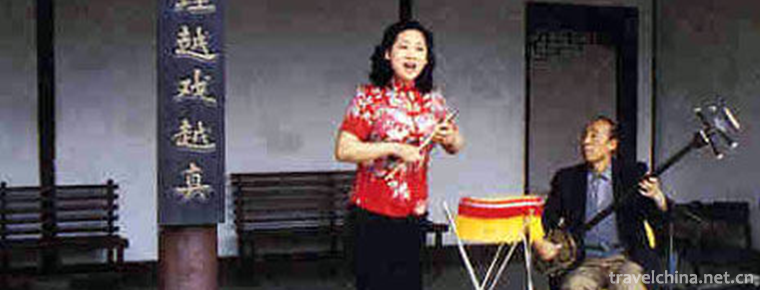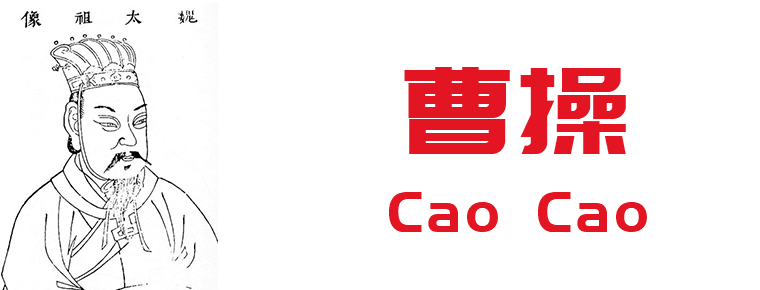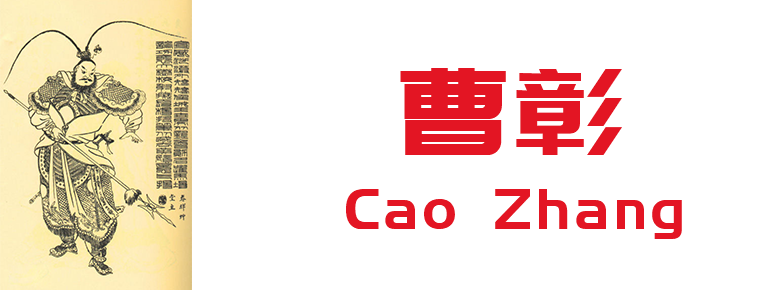Genghis khan mausoleum tourist area
Genghis khan mausoleum tourist area, also known as Chengling Tourist Area, commonly known as the Eastern Union Scenic Area (not Genghis Khanling), is located in the Yijin Holo Banner of Erdos, Inner Mongolia. Next to the national key cultural relics protection unit Genghis Khan Mausoleum, it is the first large-scale cultural tourism scenic spot in the world with the theme of Genghis Khan culture. It is also a national cultural industry demonstration base, national AAAAA level tourist scenic spot and Inner Mongolia leading tourist attraction.
Every year on March 21st, May 15th, August 12th and October 3rd of the lunar calendar, there are grand sacrificial activities held here. Many tourists from home and abroad will come to sacrifice. In 2006, "Genghis Khan Sacrifice" was officially listed in the first national intangible cultural heritage protection list.
Chengling Tourist Area is developed and constructed by the Eastern Union Group of Ordos. Genghis Khanling Tourist Area is situated in the town of Ijinholuo, Ijinholuo Banner, Ordos City. It is 330 kilometers away from Hohhot, the capital of Inner Mongolia Autonomous Region, 28 kilometers away from Kangbashi, the capital of Ordos City, only 20 kilometers away from Ordos Airport, and Beijing, Xi'an and Ordos Airport. Ningxia is connected by expressways with convenient traffic. Tourist area is a famous grassland cultural tourist attraction, the national key cultural relics protection unit, China's 40 best tourist attractions, the country's 100 youth patriotism education bases and the first batch of national 5A tourist attractions. The tourist area of Genghis Khan Mausoleum, which is based on the development of Genghis Khan Mausoleum, covers an area of 10 square kilometres and controls an area of 80 square kilometres. It is a historical and cultural tourist area that integrates sacrificial culture, scenic spot sightseeing, catering and accommodation, folk custom exhibition, characteristic activities and ethnic singing and dancing performances. Here we can not only appreciate the unique Mongolian history and culture, but also feel the solemn and mysterious sacrifices of the Darhut people, attend the fantastic grassland bonfire evening party, visit the exciting and intense Nadam Convention, experience the Mongolian characteristic tourism projects, and appreciate the Ordos Wedding with great national characteristics. "Palace", "Genghis Khan Canon", "Genghis Khan Forever", "Zhuma Banquet", "Grassland Rhyme" and other singing and dancing performances. In June 2012, the large-scale national opera "Ordos Wedding" compiled by Chengling Tourism District Administrative Committee won the 11th Inner Mongolia Autonomous Region Spiritual Civilization Construction "Five-One Project" Excellent Works Award.
It and Genghis Khanling (national level) are two independent attraction units, which are easily confused. The tourist area is about 3 kilometers away from Chengling and close to Baomao Expressway.
When we come to Genghis Khanling Tourist Area, the first thing we see is the magnificent and spectacular entrance of "Qizhuangshan River". It consists of Genghis Khan, 21 meters tall, holding the Jumping Horse Pillar statue of Sullard, the rock wall of 18 meters and 16 meters high, the 27 steps at the bottom, and the hilly wall connecting the West with the mountain peak. The main building of the doorview is the epitome of Genghis Khan's great feat of shaking the world.
The main road stretching northward from the entrance view is Genghis Khan Holy Road and Scenic Road. We can visit various scenic spots along the auspicious Genghis Khan Holy Road and Scenic Road, and finally visit the Mausoleum to pay homage to Genghis Khan Mausoleum.
"Three districts", namely "cultural relics protection and sightseeing area", take the Mausoleum as the core, covering an area of 10 square kilometers; "ecological restoration protection area", in the outer layer of the core area, surrounded by the beams around the Huge grassland in Bayinchang, covers an area of 20 square kilometers. In this area, the real realization of "sky, vast wilderness, low wind and grass see cattle". The scene of sheep; the periphery is "visual landscape control area", covering 50 square kilometers of the area.
"Two Ways", that is, from the entrance view of Qizhuangshan River to the 4-kilometer-long "Genghis Khan opposite road" of Genghis Khan Mausoleum and the 16-kilometer "scenic road" surrounding the Bayinchanghuge grassland and connecting various scenic spots.
"Eight Sceneries", namely, Tourist Activity Center, Tourist Education Center, Sacrifice and Sightseeing Area, Mongolian Folk Village, Shenquan Scenic Area, Leisure and Vacation Center, Nadam Mu Equestrian Activity Center and Hot Balloon Club.
Genghis Khan Mausoleum Scenic Spot constructs three core areas: Genghis Khan's historical and cultural tourism, Genghis Khan's participation in sacrificial culture and Mongolian Khanate's palace cultural experience. They are Genghis Khan's sacrificial area, historical and cultural tourism area and Tianjiao Hot entertainment area. The historical and cultural areas revived the amazing wonders of Mongolian national heroes, great Chinese people, giants of world history and the profound civilization of Mongolian nationality; the sacrificial area of Genghis Khan lit the sacred lamp that had not been extinguished for 800 years, and recited the soul of the sacrificial culture of Genghis Khan; the Tianjiaohot entertainment area was enjoyed by the court of the 13th century Mongolian Khanate. The theme of life and romantic entertainment is "eternal Genghis Khan", a large-scale national stage play, and the court Divine Song of the Mongolian Khanate is sung.
Qizhuang Mountain and River Gate Scene - "Mountain" type of building, like a huge peak to the top split, the holy mountain as a cliff, rough and bold wall engraved in the 13th century Mongolian characters and grassland rock paintings, a section of historical facts into the eye. The statue of Genghis Khan Leaping Horse stands in the center, with great power of heroism and martial arts, and goes straight into the sky. The door view shows the magnificent scenery of pioneering heaven and earth, magnificent mountains and rivers, which is the most distinctive Mongolian cultural gate view.
The Mongolian family, represented by the most typical cultural characteristics of the six major Mongolian tribes, focuses on demonstrating the ancient and traditional Mongolian customs of production, life, etiquette, costume, singing, dancing, entertainment and religious beliefs. It is like leading you into the depths of the grasslands and Mongolian families, and truly feeling the unique culture and Millennium charm of the Horseback nationality.
The long history of Mongolia, from the birth of Genghis Khan to the withdrawal of the Mongolian rulers from the Yuan Dynasty, the retreat to the Mobei grassland and the establishment of the Northern Yuan regime for 206 years, truly reflects the most brilliant historical facts of the Mongolian nation and the historical process of realizing the reunification of the Chinese nation and accelerating the development of world civilization. The length of the picture scroll is the longest in the world.
Ordos Obo, a collection of the oldest Shamanism sacrificial culture and ancient sacrificial methods of the Mongolian nation, leads you into a mysterious altar of dialogue with eternal life, on which stands the Suled God who symbolizes the eternal spirit of Genghis Khan, reflecting the distinct national cultural characteristics of Ordos.
TieMa Golden Curtain Group Sculpture - TieMa Golden Curtain is the first large-scale realistic sculpture group in the world to fully display Genghis Khan's army palace. It reproduces Genghis Khan's life as a soldier, fighting in the north and south, across Europe and Asia, magnificent and magnificent, creating a magnificent historical picture scroll, as if feeling Genghis Khan commanding millions of troops and struggling. The real scene of brave March and unification of Mongolia.
Eurasian territory - the vast territory created by Genghis Khan and his descendants, spanning Asia and Europe, covering 32 million square kilometers, has opened up the cultural corridor between the East and the West, and promoted the progress of world civilization and the development of history and culture. The Eurasian territory is the largest scenic spot in Chinese and foreign history to reproduce the territory of the Mongol and Yuan Empires in the form of layout.
The Mongolian Museum of History and Culture, the shape of the Mongolian word "Khan" (meaning of emperor), can be regarded as one of the typical contemporary Mongolian buildings. It is the first museum to collect, study and display Mongolian history and culture at home and abroad. It contains Mongolian historical relics and exquisite and unique national artifacts since Genghis Khan. It provides an important base for inheriting and carrying forward the Mongolian nation's long-standing history and culture.
Genghis Khan Center Square - Open a great historical book, Tianju tells the story of Genghis Khan. In the thirteenth century, Genghis Khan traversed Asia and Europe, leaving an eternal monument to mankind. Genghis Khan is a hero of the Mongolian nation, a great man of the Chinese nation and a giant of world history.
Tianjiao Camp, a three-star Mongolian hotel with rich features and complete functions, is a community building arranged according to the ancient military array of Genghis Khan. Overlooking from the air, it looks like an eagle spreading its wings and fighting against the sky. The combination of simple and elegant architectural art and modern luxurious service facilities has become a magical scenic spot for experiencing national customs and interpreting Mongolian culture.
The Nadamu Equestrian Activity Center, beside the Holy Land and on the grassland, is a racetrack designed and built according to international track standards and the traditional customs of the horseback nation. It has been playing three kinds of entertainment games for thousands of years, such as Mongolian horse racing, Ordos Bok, Hazare bow pulling and other Nadamu men's three arts and national characteristics. Here you seem to enter a Mongolian competitive world and experience the happy mood of Mongolian human resources and wisdom contest.
Heroes Paradise - including all kinds of sports fitness and recreation, military recreation and general recreation. It is the kingdom of childhood for adults and the paradise for children.
Tie Muzhen
(1162-1227), Khan of the Mongolian Empire, honored as Genghis Khan. Outstanding politicians and militarists in world history.
In the spring of 1206, the founding of the People's Republic became emperor. Since then, many wars of foreign conquest have been launched to conquer the black seashore of Western Central Asia and Eastern Europe.
In October 1265 (to the second year of the first year), Kublai Khan, the ancestor of the Yuan Dynasty, pursued the name of Genghis Khan Temple as Taizu.
In October 1266 (to the third year of the Yuan Dynasty), the Taimiao was built and the name of Zunzhun Temple was made. The ancestors of the Yuan Dynasty pursued the name of Genghis Khan as the Emperor of Saint Wu.
Genghis Khanling Tourist Area is located in Gander Grassland of Ijinholuo Banner in southeastern Ordos City, about 3 kilometers away from Chengling. Genghis Khan Mausoleum, as a national monument, records the vicissitudes of Mongolian history and splendid culture. Legend has it that Genghis Khan happened to pass through Ordos when he led his army to the Western Xia Dynasty. He was very happy when he witnessed the beautiful water and grass here, and the flower deer came and went, which was a treasure land of geomantic omen. When he missed it, he dropped his whip on the ground. When his men were about to pick up the whip, Genghis Khan stopped them. He said to himself, "This is where sika deer live, where Daisheng birds breed, where the declining Dynasty flourishes, and where the white-haired old man enjoys pleasure." He told the left and right, "I can be buried here when I die."
After Genghis Khan's death, when the hearse carrying his coffin traveled to Ordos, the wheels suddenly fell into the swamp and many cattle and horses could not be pulled out. The general who escorted the hearse recalled what Genghis Khan had said, so he placed his felt bag, his shirt and a sock in the white room of the sacrifice, forming the 800th Palace.















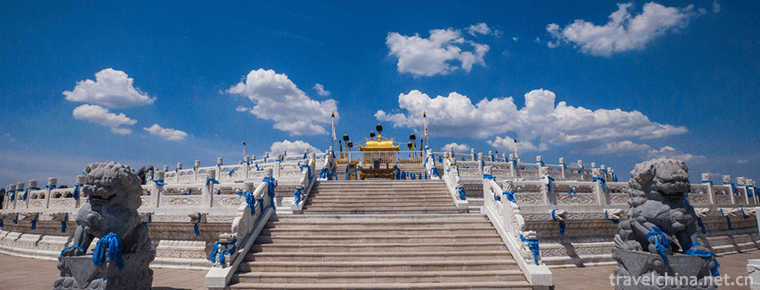
-
Five city tea driedWucheng Dried Tea
Wucheng Dried Tea, a specialty of Xiuning County, Anhui Province, is a national geographical indication product..
Views: 126 Time 2018-11-27 -
Wulong Karst Tourist Area Movie Transformers Place
Wulong Karst Tourist Area is located in Wulong District of Chongqing City. It has rare natural karst landscape, including karst caves, Tiankeng, ground crevices, canyons, peaks, alpine grasslands, etc.
Views: 223 Time 2018-12-12 -
Yunwushan Scenic Area
Yunwushan Scenic Spot is located in Paulownia Shop in the northwest of Huangpi District. It enjoys the reputation of "Xiling Resort Area, North Chu Famous Area, Beixi Border Barrier and Handizush.
Views: 181 Time 2018-12-22 -
tea and pastries making skills
Tea making skills, Yangzhou City, Jiangsu Province, local traditional handicraft, one of the national intangible cultural heritage..
Views: 154 Time 2019-04-15 -
Gulunmu Festival of Oroqen Nationality
The Oroqen ethnic group is one of the minorities with a small population in China. Since ancient times, it has multiplied and lived in the deep forest of Heilongjiang Valley and Xing'an Mountains.
Views: 147 Time 2019-04-28 -
Jiujiang folk songs
Jiujiang folk song is a traditional folk song that is popular in the surrounding areas of Chengmen, Ma Huiling, Huanglao Men, Lion and Chengzi Town in Jiangzhou District, Jiujiang City.
Views: 184 Time 2019-05-08 -
The Craft of Juchunyuan Buddha Jumping Wall
"Buddha Jumping Wall" is the first famous dish in Fujian cuisine. It is well-known at home and abroad for its exquisite materials, unique preparation method and strong flavor.
Views: 116 Time 2019-05-08 -
Xiangyuan Drum Book
Xiangyuan Drum Book is a traditional opera in Shanxi Province. Originated in Xiangyuan, Shanxi Province, it is popular in Shangdang area. It is also called Guer Ci and Xiangyuan Tune. According to leg.
Views: 250 Time 2019-07-06 -
University Of Science and Technology Beijing
Beijing University of Science and Technology was established in 1952 by the Department of Mining and Metallurgy of 6 famous universities in China, such as Tianjin University (formerly Beiyang Universi.
Views: 180 Time 2019-09-06 -
Cao Cao
Wei Wu Di Cao Cao (155 years - 220 March 15th), the name is Geely, the word Meng De, nicknamed hide. Prefectural governor of Yuzhou Qiao (today) Anhui Bozhou Person . Eastern Han Dynasty Outstanding i.
Views: 378 Time 2019-09-07 -
Cao Zhang
Cao Zhang (189 years - 223 August 1st), Zi Zi Wen. Pei Guo Qiao County ( Anhui People in Bozhou. Three countries period the Wei state of the Three-Kingdoms Period Imperial clan, general, Wei Wu Di Cao.
Views: 156 Time 2019-09-15


